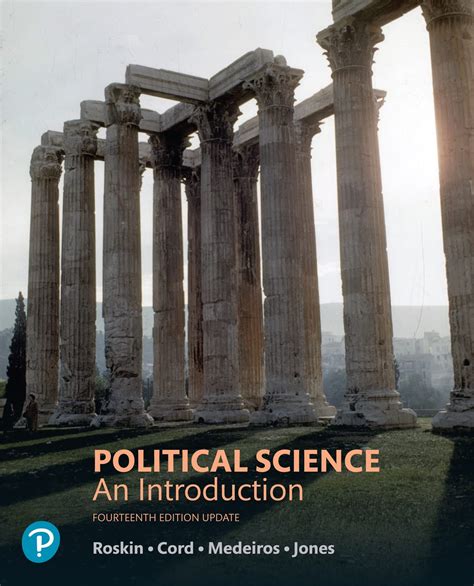Introduction

In the vast landscape of technology, the evolution of artificial intelligence (AI) and its various applications has captivated the minds of experts and enthusiasts alike. Among the myriad of AI domains, large language models have emerged as a pivotal force, reshaping industries and revolutionizing the way we interact with data and information. These models, with their extraordinary capabilities, have become the focus of intense research and development, driving innovation and pushing the boundaries of what was once considered possible.
Large language models, often referred to as LLM, are sophisticated AI systems designed to understand and generate human-like text. They are trained on vast amounts of textual data, enabling them to perform an array of tasks, from language translation and text completion to sentiment analysis and content generation. The potential of these models is immense, offering a glimpse into a future where machines can communicate and interact with humans in ways that were once confined to science fiction.
However, with great power comes great responsibility. As these models evolve, so do the ethical, societal, and technical challenges that accompany them. The need for comprehensive understanding, responsible development, and effective regulation becomes increasingly vital. This article aims to delve into the world of large language models, exploring their inner workings, real-world applications, and the intricate challenges they present.
We will navigate through the intricate pathways of LLM architecture, understanding how these models are trained and the datasets that fuel their learning. We will examine the remarkable applications that have propelled LLMs into the spotlight, from enhancing natural language processing to revolutionizing content creation. Additionally, we will confront the ethical dilemmas and technical complexities that arise with the widespread adoption of these models, offering insights into the potential solutions and future directions.
By the end of this journey, readers will gain a comprehensive understanding of large language models, their impact on society, and their potential to shape the future of technology and human-machine interaction. So, fasten your seatbelts as we embark on this exploration of one of the most exciting and impactful frontiers of artificial intelligence.
Unveiling the Power of Large Language Models

Large language models are the embodiment of cutting-edge artificial intelligence, designed to mimic and enhance human linguistic capabilities. These models, built upon vast amounts of textual data, possess an extraordinary ability to comprehend and generate human-like language, making them a pivotal tool in the realm of natural language processing (NLP).
The foundation of LLMs lies in their intricate architecture, which enables them to process and understand language at an unprecedented level. By leveraging deep learning techniques, particularly transformer-based architectures, these models can capture the complex patterns and nuances present in human language. The result is an AI system that can not only understand the meaning and context of text but also generate coherent and contextually appropriate responses.
One of the key strengths of LLMs is their ability to adapt and learn from new data. Through a process known as transfer learning, these models can be fine-tuned for specific tasks or domains, making them highly versatile and applicable to a wide range of real-world problems. This adaptability has led to the development of LLMs that can assist in areas as diverse as healthcare, finance, education, and entertainment, revolutionizing the way we approach these fields.
Furthermore, the impact of LLMs extends beyond their technical capabilities. As these models become increasingly sophisticated, they raise important ethical and societal questions. Issues such as bias in training data, privacy concerns, and the potential impact on employment and society at large are at the forefront of discussions surrounding LLMs. Navigating these challenges requires a nuanced understanding of the technology, its implications, and the responsible practices that must accompany its development and deployment.
In the following sections, we will delve deeper into the world of large language models, exploring their architecture, training methodologies, and real-world applications. We will also confront the critical issues and potential solutions, offering a comprehensive guide to this transformative technology. Join us as we unravel the power and potential of LLMs, shaping our understanding of the future of language and technology.



